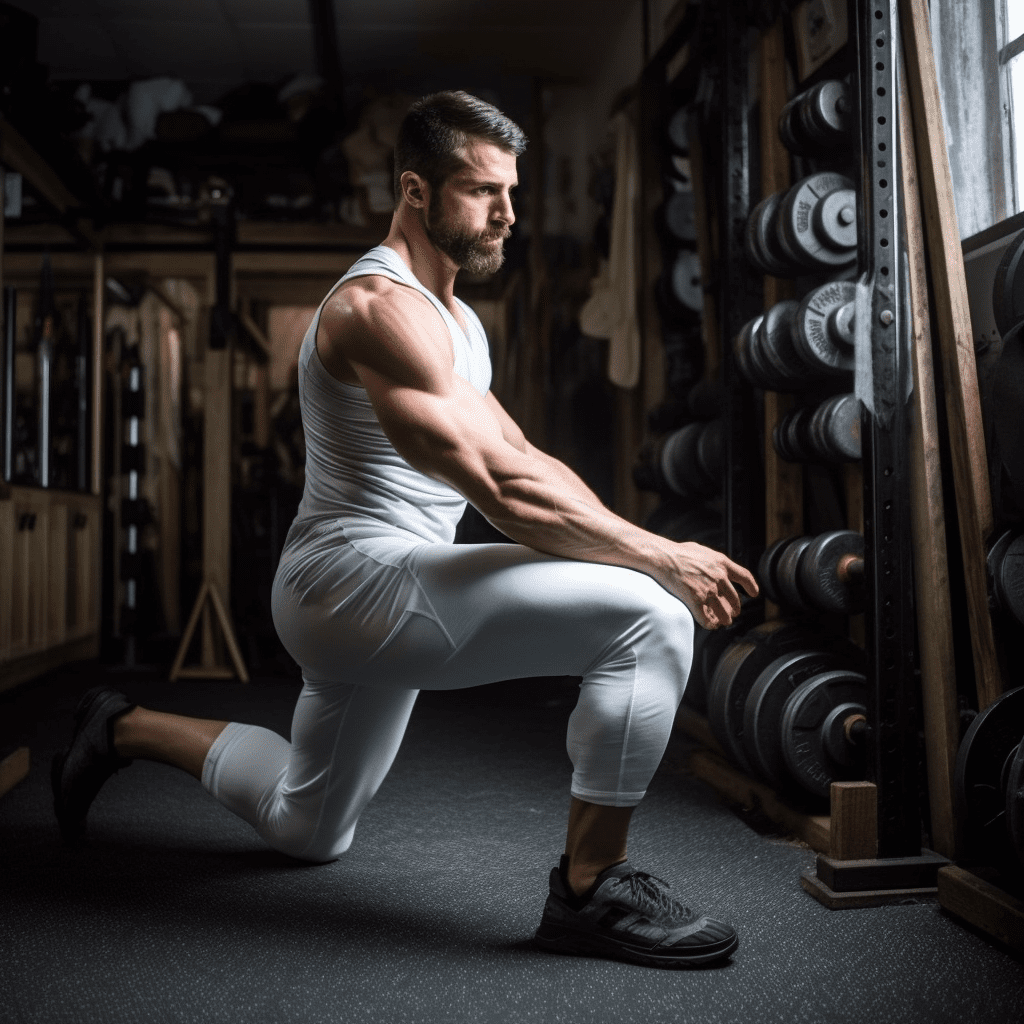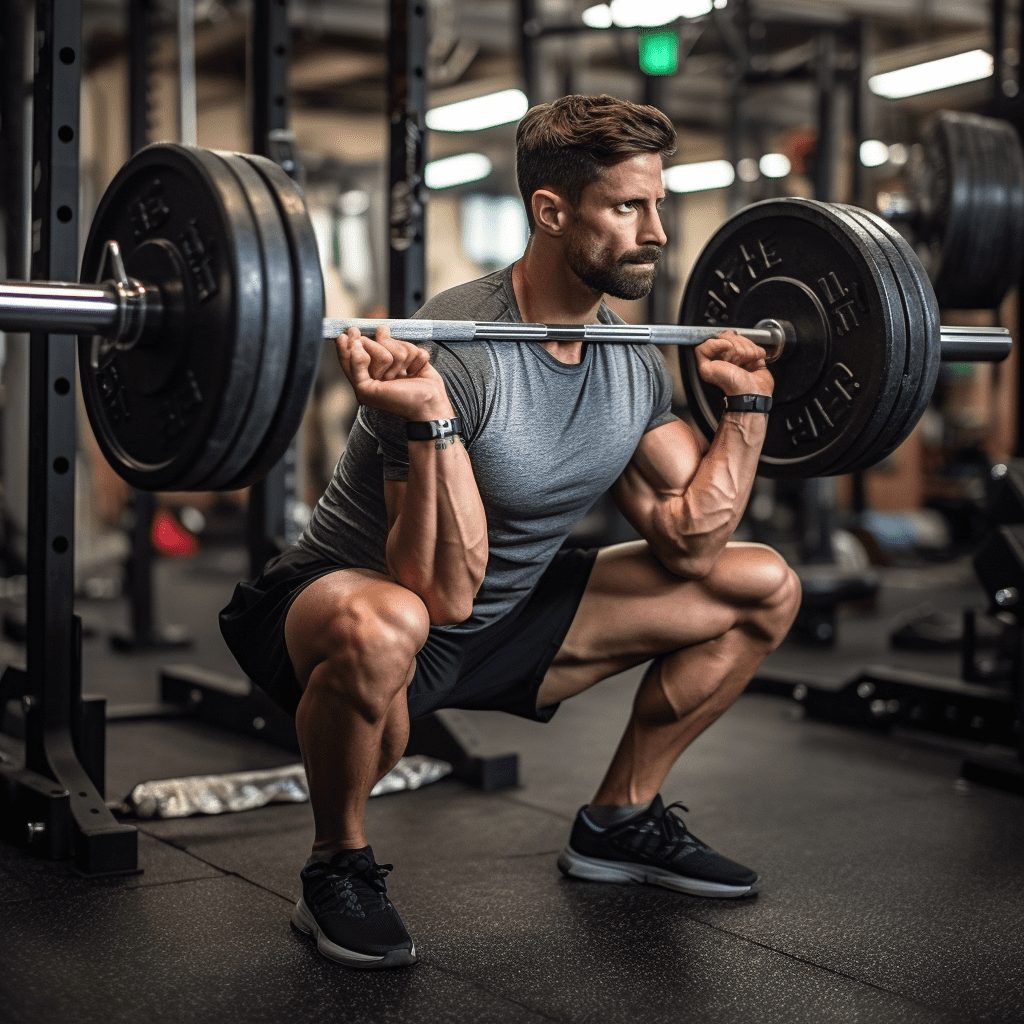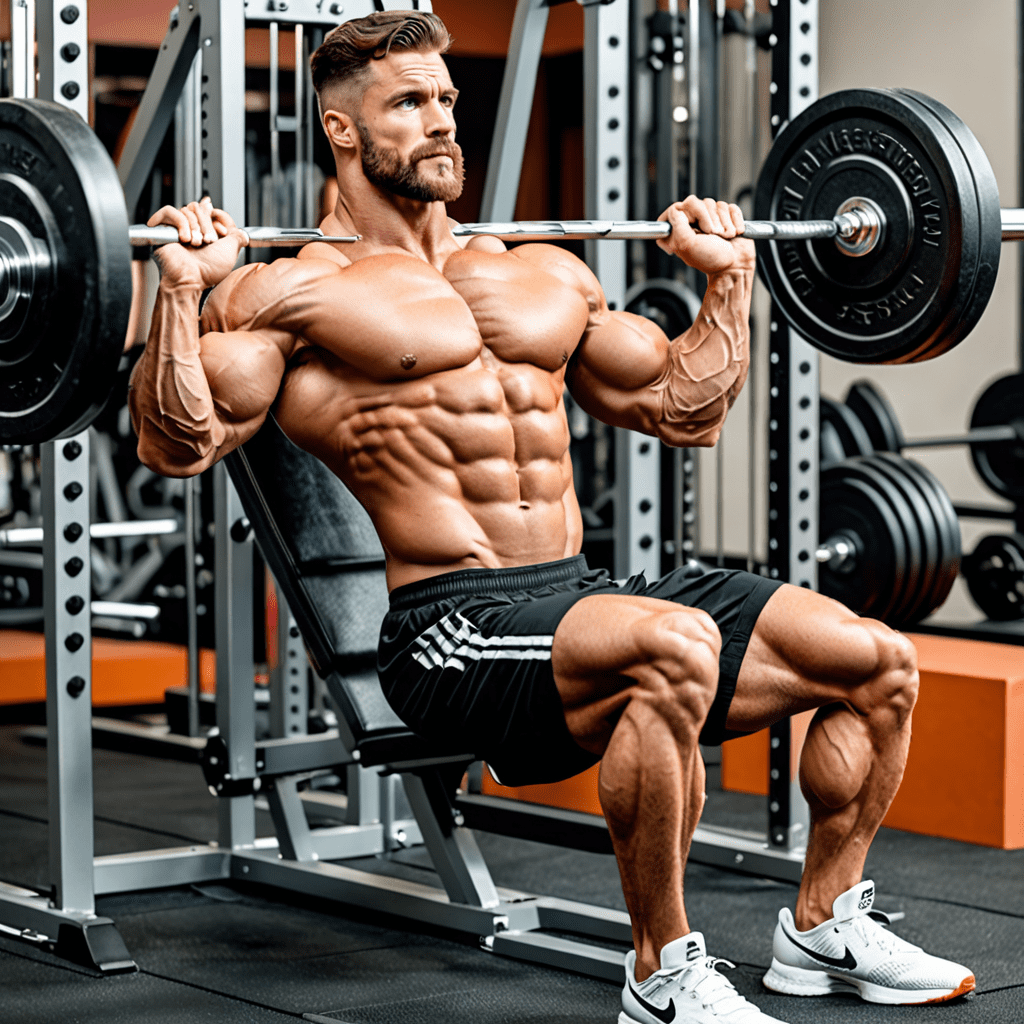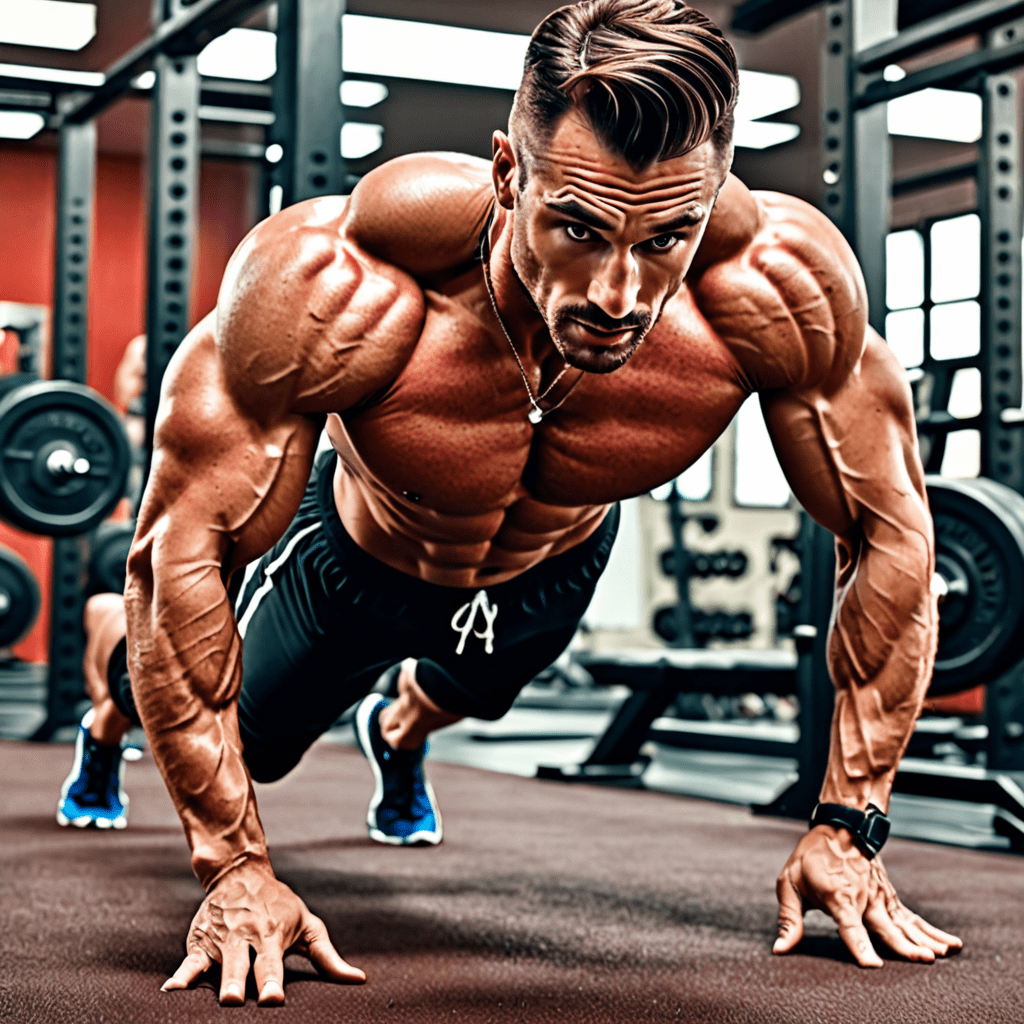
How to Do Bulgarian Split Squats: A Step-by-Step Guide
If you’re looking to strengthen your legs, improve balance, and increase flexibility, the Bulgarian split squat is a highly effective exercise to incorporate into your workout routine. Also known as the rear-foot elevated split squat, this exercise targets the glutes, quads, hamstrings, and core muscles. In this guide, we will walk you through the step-by-step process of performing Bulgarian split squats correctly to maximize their benefits.
Step 1: Set Up Properly
Start by finding an elevated surface, such as a step, bench, or gym box, that is around knee height. Position yourself a couple of feet in front of the elevated surface with your feet hip-width apart and toes pointing forward. Keep your core engaged and maintain good posture throughout the exercise.
Step 2: Assume the Split Stance
Take a moderate step forward with one foot and position it so that the heel is resting on the elevated surface behind you. The toes of your back foot should be pointing downward. This is your starting position for the Bulgarian split squat.
Step 3: Maintain Proper Form
As you lower your body, it’s important to keep your weight distributed evenly between your front and back legs. Lower your hips by bending your front knee and lowering your body until your knee is at a 90-degree angle. Make sure your knee does not extend beyond your toes. Your back knee should be hovering just above the ground. Keep your chest up and your core engaged throughout the movement.
Step 4: Drive Up Through the Front Heel
Engage your glutes and quads as you push through your front heel and lift your body back up to the starting position. Focus on using the muscles of your front leg to power the movement. Avoid using momentum or relying on your back foot to assist in the lift.
Step 5: Repeat on the Other Side
Complete the desired number of repetitions on one side before switching to the other leg. When switching legs, make sure to adjust your stance and foot position accordingly.
Step 6: Increase Difficulty
Once you have mastered the basic Bulgarian split squat, you can increase the difficulty by adding weights. Holding dumbbells or a barbell in both hands can help to increase the challenge and further enhance the strength-building benefits of the exercise.
Frequently Asked Questions (FAQ)
Q: How often should I do Bulgarian split squats?
A: As with any exercise, it’s essential to listen to your body and avoid overtraining. Start by incorporating Bulgarian split squats into your routine 1-2 times per week and gradually increase frequency as your strength and endurance improve.
Q: Can Bulgarian split squats help with knee pain?
A: Bulgarian split squats are a unilateral exercise that can help to improve knee stability and balance. However, if you have existing knee pain or a history of knee injuries, it’s crucial to consult with a healthcare professional or a qualified trainer before adding this exercise to your routine.
Q: What are some common mistakes to avoid while performing Bulgarian split squats?
A: Some common mistakes to avoid include allowing the front knee to extend beyond the toes, rounding the back or hunching the shoulders, and not engaging the core throughout the movement. It’s important to maintain proper form to prevent injury and maximize the benefits of the exercise.
Q: Can I do Bulgarian split squats without an elevated surface?
A: While an elevated surface helps to increase the range of motion and the challenge of the exercise, you can still perform Bulgarian split squats without it. Simply assume the split stance and lower your body by bending the front knee as far as comfortable.
Q: Are Bulgarian split squats suitable for beginners?
A: Yes, Bulgarian split squats can be modified to accommodate beginners. To make them easier, simply reduce the range of motion or perform the exercise with bodyweight only. As you gain strength and confidence, you can gradually increase the intensity by adding weights or using an elevated surface.
Q: Are Bulgarian split squats only for leg strength?
A: While Bulgarian split squats primarily target the muscles of the legs, they also engage the glutes, core, and hip stabilizer muscles. This makes them a great overall lower body exercise that can improve balance, stability, and strength in multiple muscle groups.


